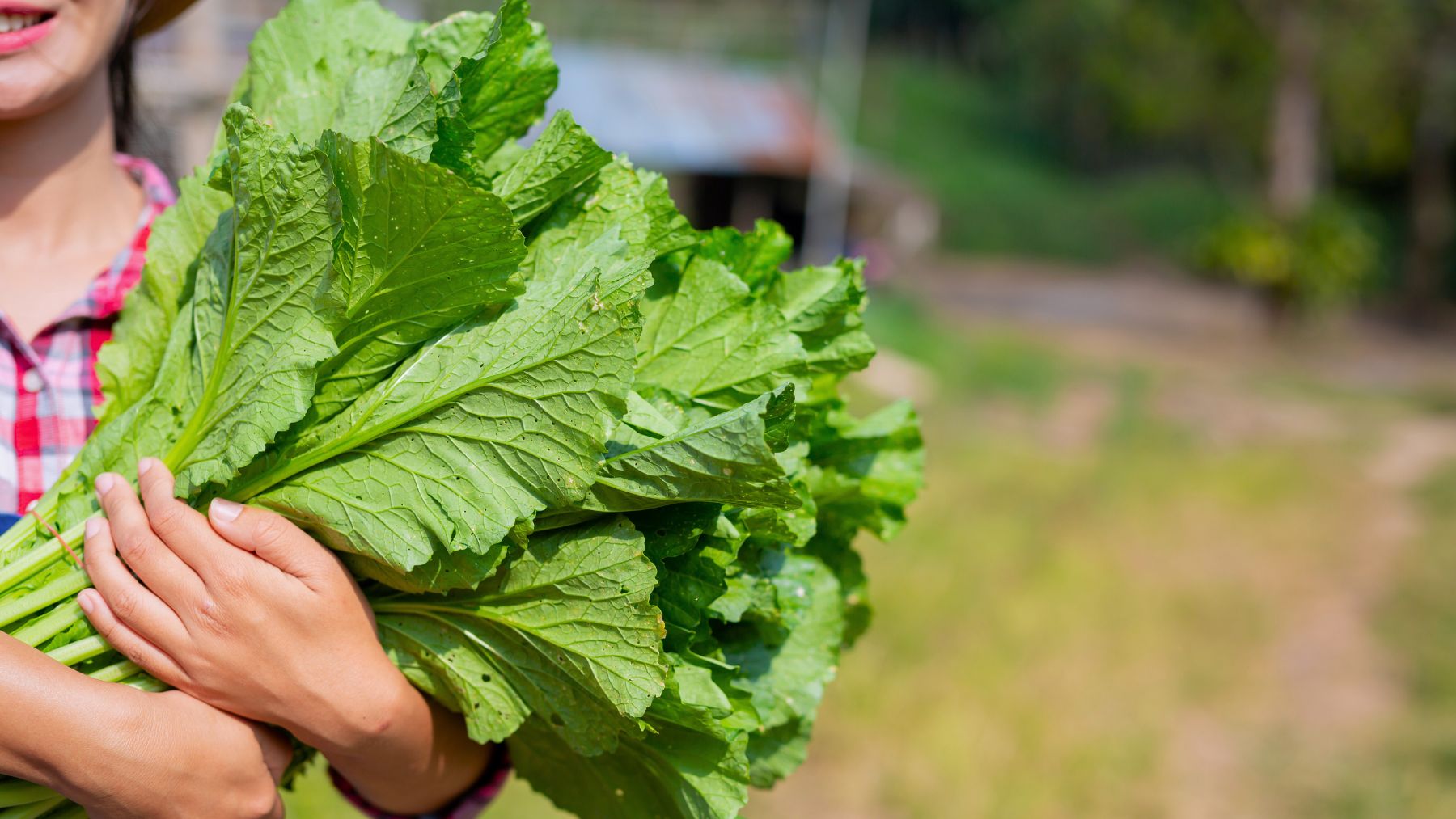Beyond kale and Brussels, there’s another leafy green that’s packed with nutrients—especially iron—and rarely gets the spotlight. If you’re skipping it, you’re missing out on one of the best plant-based ways to support your iron levels and nutrition.
We’re talking about chard, an underrated vegetable that is rich in iron, fiber, and essential vitamins. Here, we’ll cover the reasons why chard is worth adding to your diet, how it supports iron intake, and easy ways to cook with it, even if you’re not a fan of leafy greens. Let’s begin.
Chard: an iron-packed vegetable that you can’t miss
Chard—also known as Swiss chard—is one of the most mineral-dense leafy greens you can eat. One cooked cup provides about 4 mg of non-heme iron, roughly 22% of the recommended daily value. For a plant source, that’s impressive. It’s especially helpful for anyone relying on non-animal iron sources, like vegetarians or people trying to eat more plant-based.
While non-heme iron isn’t absorbed as easily as the heme iron found in meat, chard has an advantage: it’s high in vitamin C, which helps the body absorb more iron from plant foods. When you eat it, you get the iron and the absorption boost in one.
Besides iron, the vegetable delivers a range of other important minerals, such as calcium, magnesium, potassium, and phosphorus. It also packs more than 400% of your daily vitamin K needs, plus strong amounts of vitamin A and fiber. All of this comes in a low-calorie, low-fat package, with just 35 calories per cooked cup.
Cooking chard also helps, because heat breaks down some of the compounds that block nutrient absorption, making the iron and other minerals more bioavailable. While the leaves cook quickly, the stems need more time, but both parts are edible and nutritious.
How to incorporate more chard into your meals
Chard is versatile, easy to cook, and can be added to meals you’re already making. Here are a few ways to work it in:
- Sautéed as a side: Cook chopped chard with olive oil, garlic, and a pinch of salt. Add lemon juice at the end to enhance flavor and iron absorption.
- Blended into soups: Toss in chopped chard during the last 10 minutes of cooking. It wilts like spinach and adds nutrients without changing the taste much.
- Stirred into eggs or scrambles: Chard pairs well with eggs and cooks fast. Add it to your morning scramble or omelet.
- Tossed into grain bowls or pasta: Chard’s texture holds up well with rice, quinoa, or whole-wheat pasta. Mix it to create fiber and iron-packed meals.
- Baked into casseroles: Layer it into lasagna or mix it into baked dishes where spinach or kale would normally go.
Adding chard to your weekly meals is one of the simplest ways to increase your iron intake, especially if you’re cutting back on meat. It’s easy to find in most grocery stores, and a single bunch can go a long way. Don’t let this iron-rich green sit on the sidelines—it deserves a regular spot in your kitchen.

